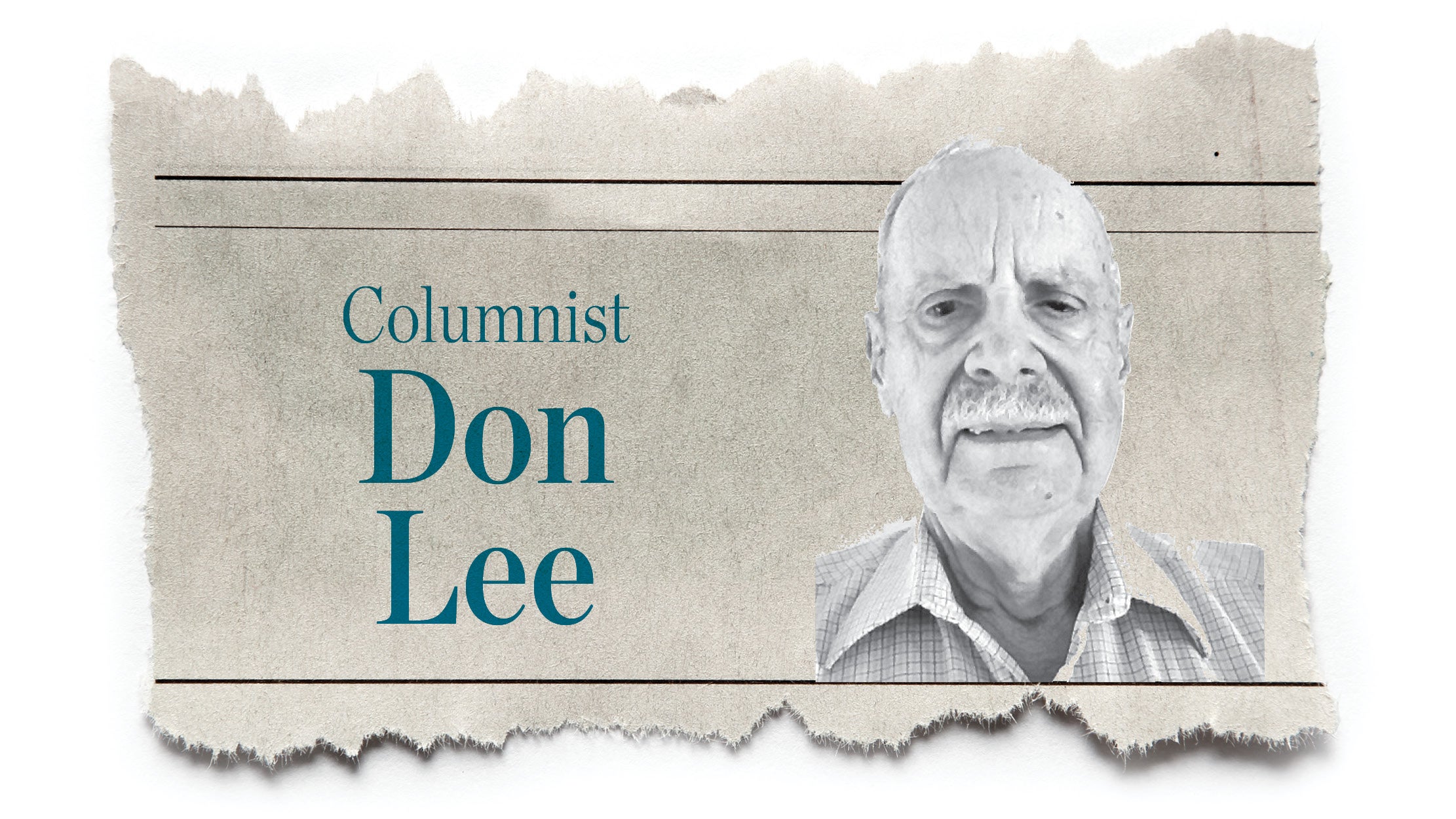Don Lee: World War II vets inspired him to become a pilot
Published 12:00 am Tuesday, April 27, 2021
EDITOR’S NOTE: Don Lee is taking a break from his column this week. The following is a piece that originally was published on April 7, 2019.
Since I am an old guy who was a teenager during WWII, I have always been interested in the stories from that era, especially ones about the airplanes that flew in the war.
Of course, my roommates in college influenced me, too.
One of my roommates was a P-47 pilot and was shot down twice and survived.
He had this funny looking cable with an attached D-shaped ring hanging over his bed. One of my other roommates told me that it was a ripcord that he pulled when he jumped out of the crippled plane over Italy.
Another roommate was a gunner in a B-17 and still another went on to be a F-84 fighter-bomber pilot in the Korean War. Another was a civilian pilot that took me up for my first plane ride, which was in a rented Piper Cub. It is no wonder that I became a pilot.
One of the Navy and Marine’s fighters was the Grumman Hellcat. It shot down more enemy planes than all the other Navy fighters — a total of 5,223. It was very effective against the Japanese Zero fighters in the Pacific War. It was powered by a Pratt & Whitney 2,000 horsepower, 18-cylinder, radial engine.
I have seen the Hellcat at Oshkosh but never realized what an important part it played in WWII. Since most were carrier-based, it had folding wings to be able to be stored in less space in the carrier. It also had an advantage of a sloped-down fuselage to the cowling, which gave the pilot better visibility for carrier landings than the Corsair. I knew a Corsair pilot who said that the Corsair was a “bear” to land.
The Hellcat was well-designed to protect the pilot. It had 212 pounds of cockpit armor and self-sealing fuel tanks. It carried six 50-caliber machine guns with an aggregate of 2,400 rounds of ammunition.
The fighter pilots were great, but folks back home, especially the women who built the planes and ferried them all over the country, need to be remembered too as part of the greatest generation.
The Grumman factory people built 12,275 of these fighters in just two years.
Another plane that played a big part in the battle of Midway, the turning point in the Pacific theater in WWII was the Douglas Dauntless dive bomber.
There is a book, “Don’t Call Me a Hero,” by Norman Klesis, also known as Dusty, that tells of his part in the battle.
He was instrumental in the sinking two Japanese aircraft carriers and one cruiser.
He tells of diving from an altitude of 20,000 feet, where the carrier looked like the size of a postage stamp.
He says his bomb load peeled the flight deck back, like a
sardine can.
He came through the battle without a scratch.
He says the real heroes were the pilots who flew the torpedo bombers, which went in low at a few hundred feet altitude, and carried faulty torpedoes that often failed to explode.
Don Lee, a pilot flying out of Lawrence County Airport since 1970, has been in charge of equipment and grounds maintenance for the last several years. He can be reached at eelnod22@gmail.com



